I am new to array formulae and am having trouble with the following scenario:
I have the following matrix:
F G H I J ... R S T U V
1 0 0 1 1
0 1 1 1 2 3 1 2
2 0 2 3 1 2 0 1 0 0
2 1 0 0 1 0 0 3 0 0
My goal is to count the number of rows within which the difference between the sum of columns F:J and the sum of columns R:V is greater than a threshold. Critically, only rows with full data should be included: row 1 (where there are only values for columns F1:J1) and row 2 (where there are only some values for columns F2:J2) should be ignored.
If the threshold = 2.5, then the solution is 1. That is, row 3 is the only row with complete data where the difference between the sum of F3:J3 (8) and the sum of R3:V3 (3) is greater than 2.5 (e.g., 5 > 2.5).
I have tried to put together the following formula, rather pathetically, based on the teachings of @Tom Sharpe and @QHarr:
=COUNT(IF(SUBTOTAL(9,OFFSET(F1,ROW(F1:F4)-ROW(F1),0,1,COLUMNS(F1:J1)))-SUBTOTAL(9,OFFSET(R1,ROW(R1:R4)-ROW(R1),0,1,COLUMNS(R1:V1)))>2.5,IF(AND(SUBTOTAL(2,OFFSET(F1,ROW(F1:F4)-ROW(F1),0,1,COLUMNS(F1:J1)))=COLUMNS(F1:J1),SUBTOTAL(2,OFFSET(R1,ROW(R1:R4)-ROW(R1),0,1,COLUMNS(R1:V1)))=COLUMNS(R1:V1)),SUBTOTAL(9,OFFSET(F1,ROW(F1:F4)-ROW(F1),0,1,COLUMNS(F1:J1)))),IF(AND(SUBTOTAL(2,OFFSET(F1,ROW(F1:F4)-ROW(F1),0,1,COLUMNS(F1:J1)))=COLUMNS(F1:J1),SUBTOTAL(2,OFFSET(R1,ROW(R1:R4)-ROW(R1),0,1,COLUMNS(R1:V1)))=COLUMNS(R1:V1)),SUBTOTAL(9,OFFSET(R1,ROW(R1:V1)-ROW(R1),0,1,COLUMNS(R1:V1))))))
But it seems to always produce a value of 1, even if I edit the matrix such that the difference between the sum of F4:J4 and R4:v4 also exceeds 2.5. Sadly I am struggling to understand why and would appreciate any guidance on the matter.

